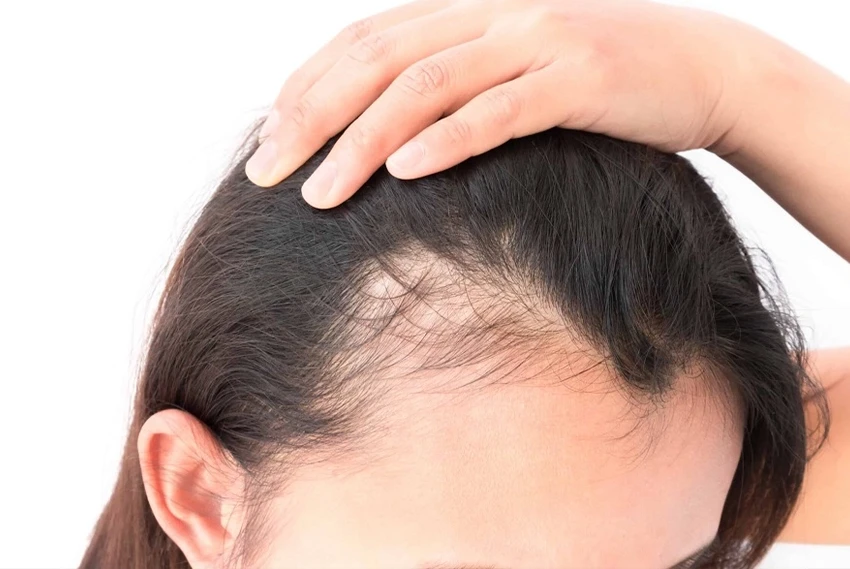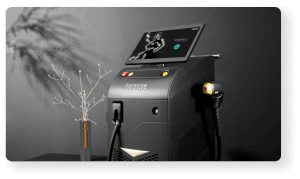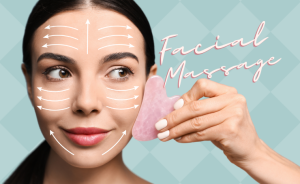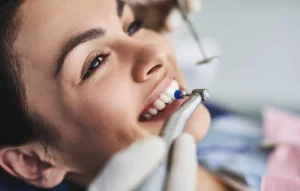The term alopecia refers to “hair loss”. Traction alopecia is a type of hair loss caused by repeated hair pulling. In traction alopecia, unfortunately, hair regrowth does not happen most of the time and is irreversible.
- Tractional alopecia, or tractional hair loss, is different from other hair loss models in that its occurrence depends to a large extent on the individual and how they treat their hair.
- If you often tie your hair in ponytails or tie it tightly with elastics, especially if you use chemicals or heat on your hair, you can develop alopecia areata.
- The cause of this disease is tying the hair tightly or using magic combs that people use to stretch their eyes and eyebrows. This will damage the hair follicles.
In some cases where follicles are severely damaged, regenerative approaches such as Hair Stem Cell therapy may offer potential improvement if started early.
Symptoms of traction alopecia
At first, traction alopecia may appear as small bumps on your scalp that look like pimples. As this condition progresses, the main symptom is hair loss and breakage. The hair on the front and sides of your head is often affected. However, depending on your hairstyle, you may also notice hair loss in other areas of your scalp.
In addition to hair loss, traction alopecia can also cause the following symptoms:
- Redness of the scalp
- Bumps
- Scalp pain or burning
- Skin itching
- Getting layered
- Folliculitis (inflammation of hair follicles)
Early intervention with supportive treatments like Mesotherapy For Hair may help improve scalp health and minimize further follicle damage if the condition is caught in its early stages.
Eventually, hair follicles can become so damaged and scarred that they cannot produce new hair. The symptoms of traction alopecia are different from other forms of alopecia. In other types, hair loss occurs in patches throughout the scalp. In traction alopecia, usually only the pulled hairs are affected.
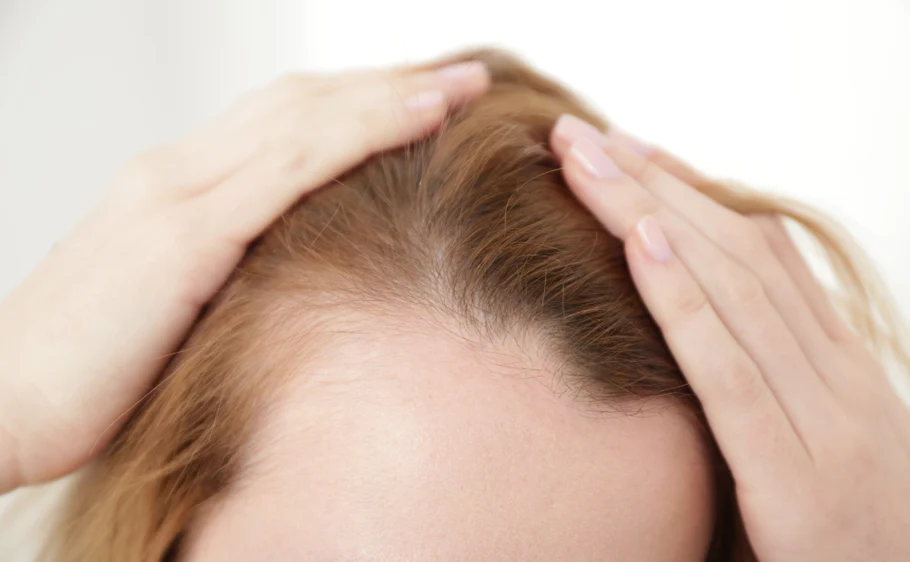
Causes of traction alopecia
Traction alopecia or traction hair loss has a very specific cause, and that is incorrect treatment of hair. That is, if the hair is under a lot of constant pressure, then we may face the first signs of hair loss. In this condition, the hair follicle gradually weakens and hair loss begins.
In some cases, if the hairline is thinning and the scalp is sensitive, solutions like Hair Filler Injection might be considered to promote localized density and reduce visible thinning.
These things provide the basis for hair loss:
Weaving, twisting and ponytail models
Using clips, headbands, and basically any other device that puts the hair under extreme tension
Using magic combs to make the eyes and eyebrows appear elongated
People who have very long hair may also suffer from traction alopecia due to the weight of the hair on the scalp.
Men can also have it in their beard if they twist it too tightly.
The condition is most common in African-American women, although it can affect people of any ethnicity. This condition is more common among ballerinas and gymnasts who tend to tie their hair tightly on top of their heads.
Although this condition can affect people of any age, it happens more with age because the more you pull your hair, the more damaged it is.
Among modern non-surgical solutions for early intervention, Hair PRP Treatment has also shown promise in stimulating follicle health and improving hair density when traction damage is still in early stages.
Prevention of traction alopecia
Traction hair loss is a completely preventable complication. If you treat your hair kindly, you will definitely not experience hair loss—simply!
Of course, this does not mean that you should never tie your hair to the styles you like. Rather, the most important thing is that the hair is not under intense pressure. So, for example, if you braid your hair for two months, you should leave it free for two months so that the hair can breathe during the rest period.
Keep in mind that excessive and constant pressure can seriously damage the follicles and subsequently the hair bulb, and when these are damaged, the hair will no longer grow—and this is the bad part!
Here are some other ways to avoid this situation:
Change your hairstyle every two weeks.
When pulling your hair up and into a ponytail, don’t use rubber bands or elastics to hold it in place. They can pull your hair.
If you weave your hair, avoid chemicals on your hair. Chemicals can damage your hair and make it more likely to break.
If you have weaves or extensions, keep them in only for a short time and rest between each use.
When you braid your hair, make the braids thicker.
Keep the heat setting on your hair dryer and straightener low.

Diagnosis of traction hair loss
traction hair loss does not happen instantly, but the repetition or continuation of excessive stressful situations causes its gradual onset over several months or even years. In this type of shedding, the hair gradually thins and falls out in clumps. Alopecia areata can occur at any age and the worrying thing about it is that it can become an irreversible complication, which makes intervention an important necessity. A dermatologist and hair specialist can help you effectively in the treatment of hair loss.
treatment
As soon as you see the first signs of alopecia, you should start treatment for traction alopecia or traction hair loss.
In this type of hair loss, you may first experience symptoms such as hair thinning, which is also seen in androgenic hair loss. Therefore, always try to see a dermatologist from the diagnosis stage, which is the most critical stage in the treatment process. Similarities in the symptoms of hair loss in different patterns of alopecia can be very misleading.
Traction alopecia is reversible, but you need to treat it quickly. If you stop your hair in the tight hairstyle that caused it, your hair will grow back naturally. But if you continue to style your hair in the same way, hair loss can be permanent.

